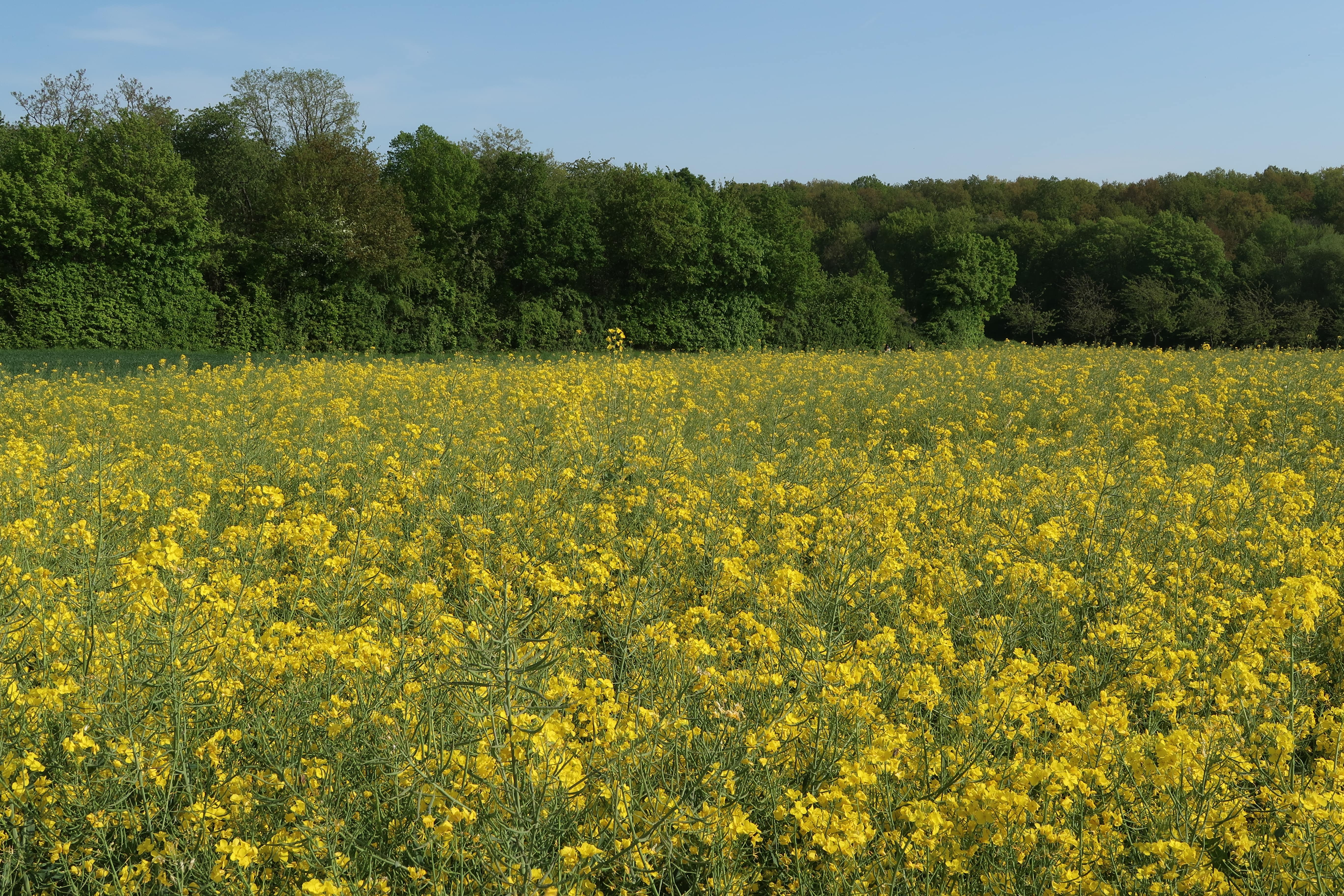It’s getting to that time of the year again when black-grass emergence typically becomes a problem, before drilling, making it a super tough weed to target and control.
It’s getting to that time of the year again when black-grass emergence typically becomes a problem, before drilling, making it a super tough weed to target and control.
So, why has black grass become such a problem for farmers and growers?
One of the primary issues is the development of herbicide resistance. Over time, black grass has adapted to resist multiple herbicides, particularly those used in cereal crops. This resistance diminishes the effectiveness of chemical control measures, making it increasingly difficult to manage the weed population.
The competitive nature of black grass further exacerbates the problem. It can outcompete crops for essential resources such as light, nutrients, and water, significantly reducing the yields of OSR. This high level of competition directly impacts the profitability of these crops, making black grass an economic threat as well.
Adding to the difficulty is the weed’s prolific seed production. Each black-grass plant can produce a substantial number of seeds that remain viable in the soil for several years. This high seed output and persistence in the soil seed bank make eradication efforts challenging once the weed is established. The problem is compounded by the fact that black grass thrives under similar soil and environmental conditions as oilseed rape. This overlap means that it is challenging to create growing conditions that favour the crops while suppressing the weed.
Traditional cultural control methods, such as crop rotation and tillage, offer limited success in managing black grass. The weed can adapt to different cropping systems and tillage practices, which reduces the effectiveness of these strategies. Additionally, black grass often germinates later in the season, making pre-emergence herbicides less effective. By the time post-emergence herbicides are applied, the weed may have already inflicted significant damage through competition with the crops.
But one product that has been successful for over a decade, with no known resistance issues is a contact-acting grass weed herbicide that stands out from the rest:
A leader in grass weed control
But what is CENTURION MAX and how does it compare with other grass weed herbicides on the market?
Launched in autumn 2013, CENTURION MAX, with the active ingredient clethodim, targets grass weeds in OSR. As part of the ACCase inhibitor chemistry group known as 'fops' and 'dims', many farmers and agronomists expected it to follow the typical pattern of initial efficacy followed by a quick decline. However, clethodim has remained highly effective against blackgrass and ryegrass, setting it apart from other DIM herbicides like cycloxydim, which struggle with blackgrass resistance issues.
CENTURION MAX has quickly become a staple in herbicide programmes across the UK. Unlike other herbicides in this class, which often see a rapid decline in efficacy after the first application, CENTURION MAX has maintained its effectiveness.
Maximise its efficacy
While the stewardship and application guidelines for CENTURION MAX have not changed, it's crucial to remind OSR growers of the best practices for using the product. To maximise its efficacy, growers should always use a water conditioner irrespective of water hardness to enhance the herbicide's performance. It is important not to mix CENTURION MAX with adjuvants, as it already contains a built-in adjuvant. The herbicide should be applied to actively growing weeds, and growers and maintain a 10 day no-spray interval prior to the application of CENTURION MAX and a 14-day no-spray period for herbicides after its application. Additionally, CENTURION MAX should not be applied in cold weather to ensure optimal results.
With significant research and trials undertaken by our team at UPL, we have devised the best application methods for the product to help you maximise results:
- Apply CENTURION MAX at 1.0 L/ha.
- Always use a water conditioner without a built-in adjuvant, such as X-Change.
- Apply no later than 15th October or when the crop has 6 true leaves, whichever comes first.
- Target weeds should be at the 3 true leaf stage, actively growing, and before tillering.
- Pay close attention to application techniques, including water volume (200 L/ha), boom height, and forward speed.
- Adhere to spray interval guidelines before and after CENTURION MAX applications.
- Use in conjunction with alternative modes of action, such as propyzamide.
- Follow clethodim stewardship guidelines diligently.
"CENTURION MAX remains an integral part of the growers’ overall grass weed management strategy, providing an effective alternative mode of action in the grass weed battle," says Stuart Jackson, Head of Technical Services at UPL.
"To get the most out of it, you need to know what you’re dealing with."
At UPL, we are committed to championing effective stewardship and ensuring its continued efficacy through judicious use.
To find out more about CENTURION MAX click here, or contact our team for more information.
